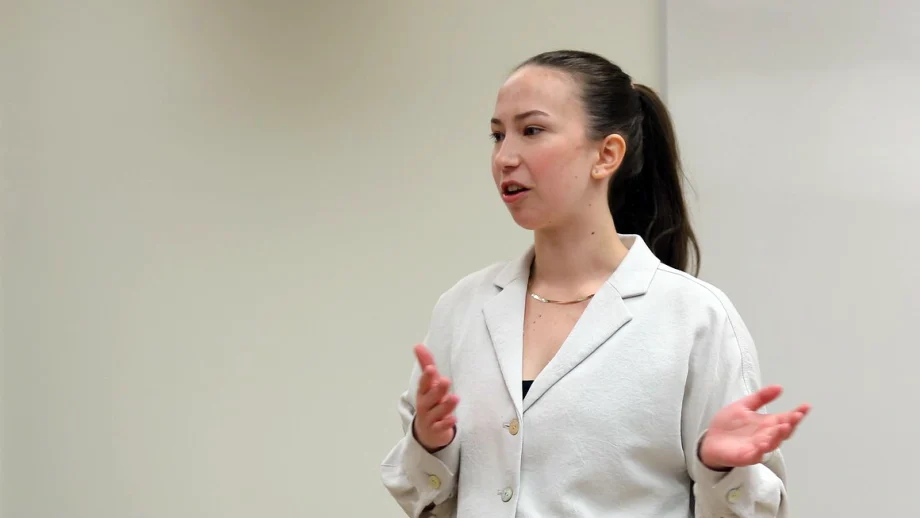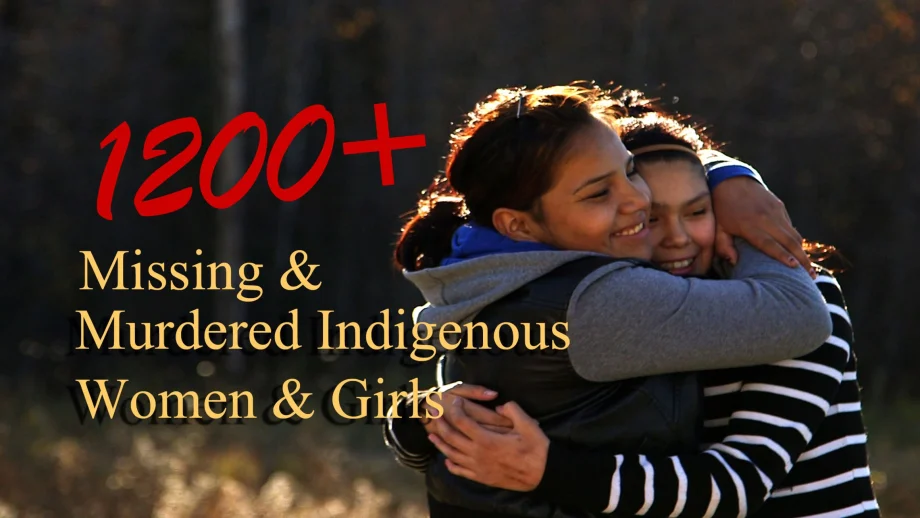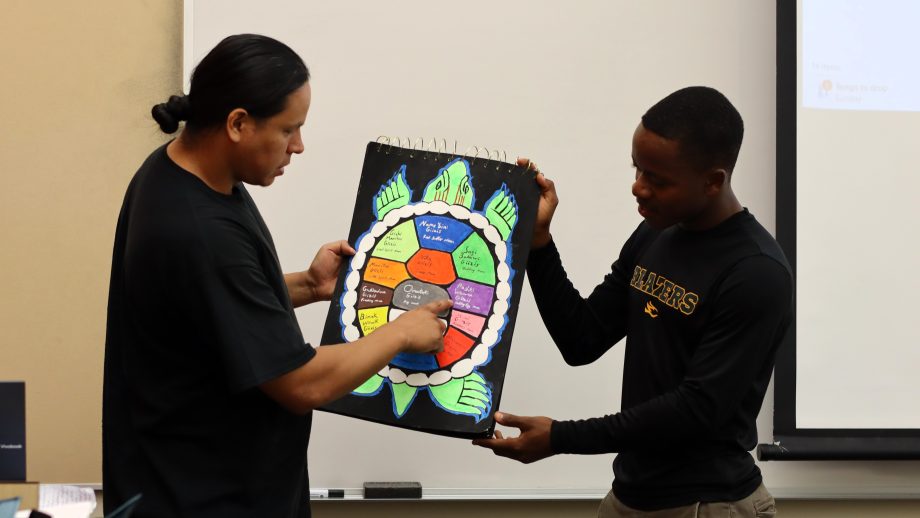WINNIPEG, MB – Aboriginal housing in Winnipeg is nearly at a crisis level according to the Manitoba Urban Native Housing Association (MUNHA), which today launched its Winnipeg Aboriginal Housing Plan that outlines the challenges and potential for creating a positive change in Winnipeg through the long-term investment in Aboriginal housing.
The MUNHA, a group that operates and manages almost 1,000 of these units in the city, prepared the plan in a collective effort involving the MUNHA membership, a diverse steering committee and the staff of The University of Winnipeg’s Institute of Urban Studies.
“For the first time in history, half of Manitoba’s Aboriginal population resides in cities, with Winnipeg being home to just less than 64,000 Aboriginal persons as of the last Census. This is the largest urban concentration in Canada and we need to find ways in which to ensure that adequate, affordable and quality housing remains a priority,” said Institute of Urban Studies Director Jino Distasio, who helped author Winnipeg’s first-ever plan for Aboriginal housing groups in the city.
The MUNHA report examined the current housing situation and raised a number of concerns with respect to providing affordable housing. Perhaps one of the most pressing issues is the need to have supports in place to maintain and enhance the current housing.
“At present, we need almost $12-million dollars to just to repair and upgrade our housing. Without support many units will fall into despair and fewer families with have somewhere to go,” said Ed Tanner, Executive Director of MUNHA.
What is also challenging about the MUNHA housing is that much of it is old, making this situation even more difficult. Perhaps the single biggest problem facing Canada’s Aboriginal-run housing is the pending end of operating agreements housing organizations have with the federal government. These operating agreements, under the Urban Native Housing program, provided support for mortgage payments as well as some operational dollars.
“There are two sides to the ending of operating agreements: the positive is that mortgages will be paid off but the negative is this means that the other money that helped assist with maintenance and operations also ends. The unfortunate side is that the MUNHA groups can’t go to the tenants to make up the shortfall by raising rents as many have limited incomes,” said Distasio.
With an estimated 4,000 Aboriginal persons on wait lists for MUNHA housing in Winnipeg, the challenge is not only providing high-quality housing in a range of neighborhoods, but continuing to add new units to meet the growing demand.
“We are going to have 100,000 Aboriginal people in Winnipeg in the coming years. We have to have a place for our people, a place that is better than the streets and shelters that many find themselves in. People coming in from reserves and the north come to Winnipeg with hopes, hopes for better education, better employment and hope for their family. Too many times they find that there is no place for them to live. Maybe we can work to find ways to end this cycle,” said Tanner.
Charlie Hill is the Executive Director of the National Aboriginal Housing Association. He concurred with the need for long-term solutions.
“We need to work with the Federal and Provincial governments to find solutions to ensure that there is a long-term strategy that will see Aboriginal persons have access to quality and affordable housing in our Canadian cities, especially here in Winnipeg where the needs are great but the resources scarce,” Hill said.
– 30 –
FOR MORE INFORMATION
Shawn Coates, Director of Marketing & Communications, University of Winnipeg
P: 204.988.7126, C: 204.230.0202, E: s.coates@uwinnipeg.ca




